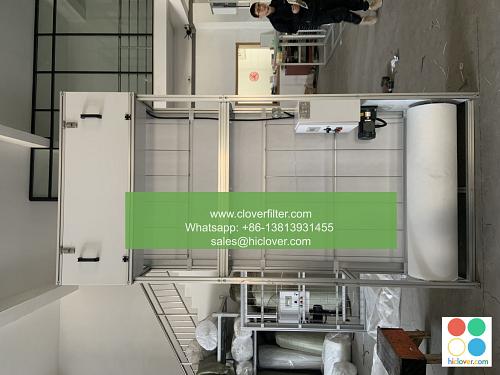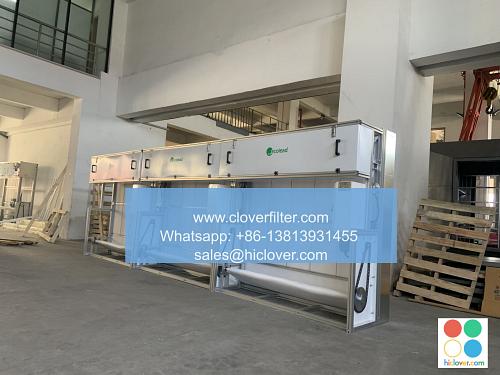Air Filter Design for Dust and Particle Removal

The Importance of Reliable Air Filtration Systems
Air quality is a crucial aspect of our daily lives, and the importance of reliable air filtration systems cannot be overstated. In various industrial settings, such as power plants, manufacturing facilities, and hospitals, maintaining a clean and healthy air environment is critical for the well-being of employees, patients, and customers. Ensuring optimal air filter design is essential for effective dust and particle removal, which is vital for various applications.
Key Elements of a High-Performance Air Filter Design
To effectively remove dust and particles from the air, an air filter design must incorporate several key elements. These elements include:
- Filter Material: The type and quality of filter material used can significantly impact filter performance. Common filter materials include activated carbon, synthetic fibers, and natural fibers like cotton and wool.
- Pore Size: The size of pores on the filter surface determines the filter’s ability to capture particles. Smaller pore sizes are typically more effective at capturing smaller particles, but may also increase pressure drop.
- Filter Depth: The thickness of the filter material can also impact performance, with thicker filters often providing better filtration but increasing pressure drop.
- Surface Area: The surface area of the filter can impact airflow and particle capture, with larger surface areas generally providing better performance.
- High airflow rates: High-volume airflow is often required to maintain production processes, so filters must be designed to handle large air volumes while still capturing particles.
- Durable construction: Industrial air filters must be built to withstand harsh conditions, including high temperatures, humidity, and exposure to chemicals.
- Low pressure drop: Minimal pressure drop is essential to maintain system performance and prevent reduced airflow.
- Antimicrobial properties: Filters designed for HVAC systems often incorporate antimicrobial properties to reduce the growth of bacteria and mold.
- Power Plant Upgrade: A power plant upgraded its air filter design, switching from a traditional fiberglass filter to a high-efficiency HEPA filter. The new design reduced particle emissions by 99%, exceeding environmental regulations.
- Hospital Renovation: A hospital upgraded its air filtration system, incorporating a high-performance filter with antimicrobial properties to reduce particle and bacterial growth. The new system reduced airborne particulate matter by 95%.
Design Considerations for Air Filter Applications
Air filters are used in various applications, each with unique design requirements. Here, we’ll explore some common applications and the design considerations for each:
Industrial Processes
In industrial settings, air filters are used to capture particles and contaminants from the air to prevent equipment damage and maintain product quality. Design considerations for industrial air filters include:
HVAC Systems
In heating, ventilation, and air conditioning (HVAC) systems, air filters are critical for maintaining indoor air quality and improving system efficiency. Design considerations for HVAC air filters include:
Case Studies: Successful Air Filter Designs
Here are a few examples of successful air filter designs that have improved air quality and reduced particle emissions in various applications:
Conclusion
In conclusion, optimal air filter design is critical for effective dust and particle removal in various applications. By understanding key elements like filter material, pore size, filter depth, and surface area, designers can create high-performance air filters that meet specific industrial, HVAC, and environmental needs. With the right combination of design considerations and filter materials, air quality can be significantly improved, ensuring a healthier and more productive environment for everyone.
I’m happy to help! You can give me a prompt, and I’ll do my best to assist you. What would you like to talk about or ask?


